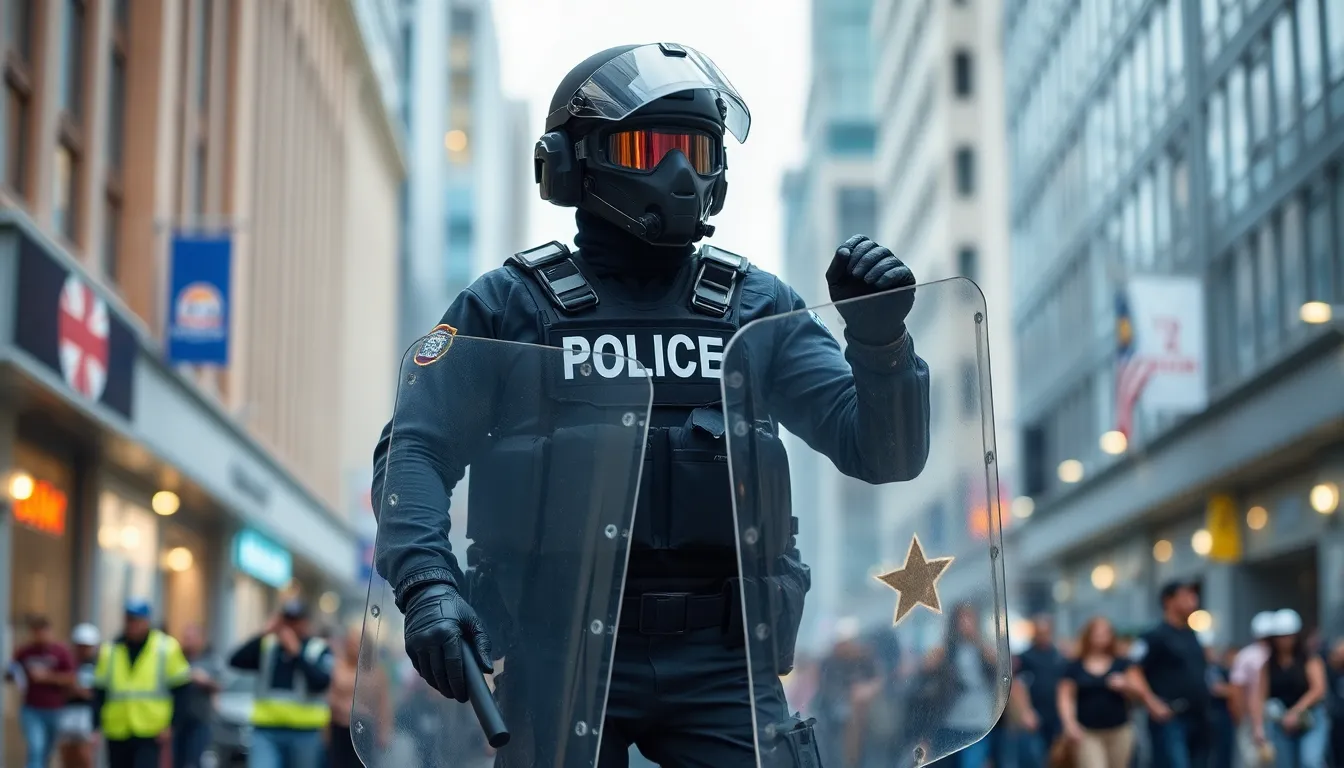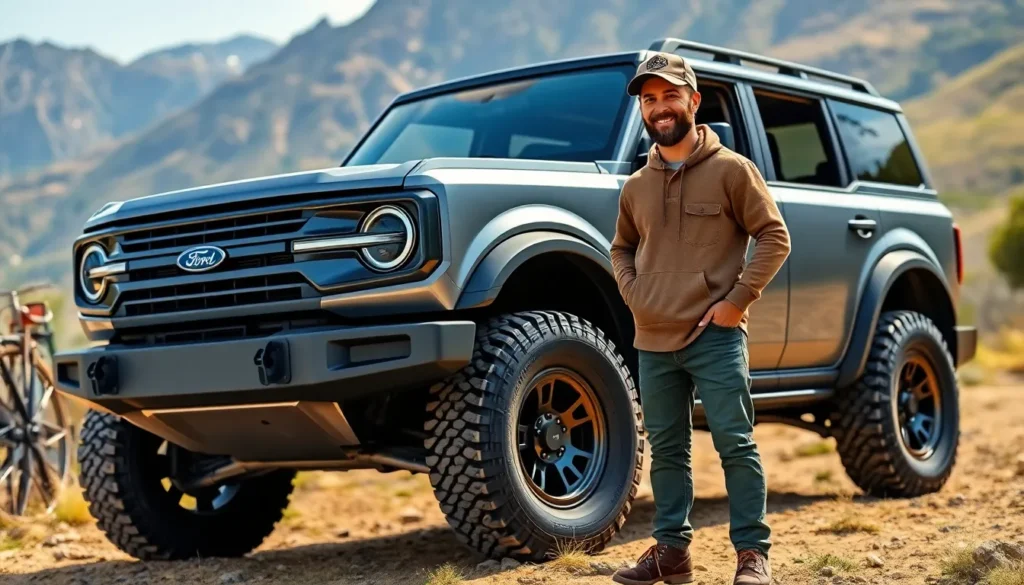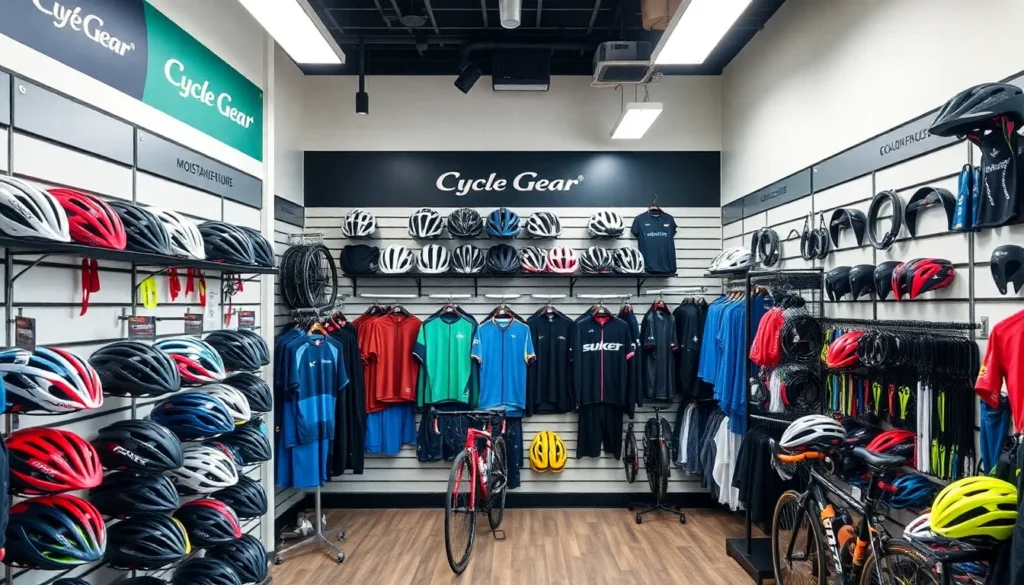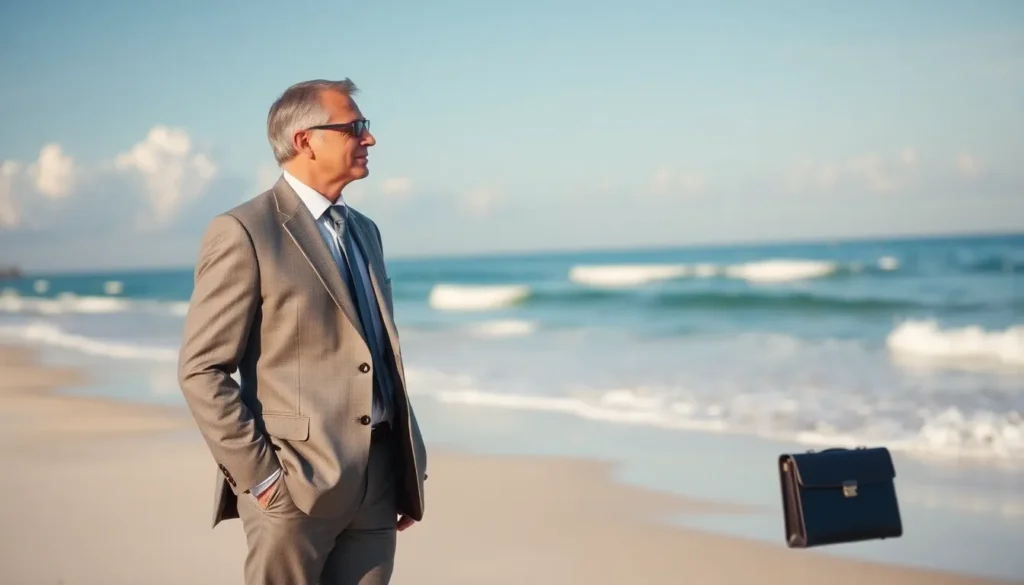When the streets heat up and tensions rise, police officers gear up like superheroes preparing for battle. But instead of capes and tights, they don high-tech riot gear designed to protect and serve in the most chaotic situations. This isn’t just about looking cool—it’s about safety, strategy, and sometimes, a little bit of swagger.
Table of Contents
ToggleOverview of Police Riot Gear
Police riot gear includes specialized equipment designed to protect officers during high-stress situations. Common items consist of helmets, body armor, shields, and batons. Helmets offer head protection and often include face visors for added safety against projectiles. Body armor, constructed from lightweight materials, provides protection against blunt force while allowing for ease of movement. Shields serve as barriers against thrown objects, while batons enable officers to maintain control in crowds.
Advanced riot gear often features reinforced materials for durability and tactical advantages. Some gear includes built-in communication systems for effective coordination among officers. Adjustable features enhance comfort and ensure a proper fit for different body types. Innovations in materials also focus on improved breathability, reducing heat stress during prolonged engagements.
Critical to officer safety, riot gear is meticulously tested under various conditions to ensure reliability. Protective equipment undergoes evaluations for impact resistance and flexibility. Officers rely on this gear to instill a sense of security while performing their duties.
Training in the use of riot gear plays an essential role in successful deployment during events. Officers engage in drills to familiarize themselves with the equipment and its capabilities. Preparedness can significantly influence the outcome of confrontations, underscoring the importance of reliable gear. As events unfold, having the correct equipment enables officers to manage situations with both authority and restraint, highlighting the strategic value of police riot gear.
Types of Police Riot Gear

Police riot gear consists of various specialized equipment designed for safety and strategy in high-tension situations. Each type serves a distinct purpose, ensuring officers are equipped to manage confrontations effectively.
Protective Clothing
Protective clothing includes tactical uniforms made from durable fabric, providing resistance against slashes and abrasions. Officers wear body armor to shield vital organs from blunt force and ballistic threats. Gear often features moisture-wicking technology to enhance comfort during prolonged use. Design elements may include removable liners for adaptability to changing weather conditions. Additionally, reinforced seams improve durability, allowing for extended wear during chaotic events.
Shields and Batons
Shields provide essential protection against projectiles, helping to deflect thrown objects during demonstrations. Officers commonly use transparent shields for visibility, while opaque versions offer added defense. Batons serve as non-lethal options for subduing aggressive individuals, allowing for control without lethal force. Tactical versatility enables officers to use batons for both offensive and defensive maneuvers. These items undergo rigorous testing, ensuring reliability when deployed in the field.
Helmets and Face Shields
Helmets offer crucial head protection, featuring modular designs for attachment of accessories like visors and lights. Officers commonly utilize face shields to guard against impacts and chemical agents, enhancing overall safety. Communication systems often integrate with helmets, facilitating real-time coordination among team members. Many models include ventilation systems to maintain comfort during intense situations. Advanced materials used in helmet construction ensure both lightweight wearability and robust protection.
Purpose and Use of Police Riot Gear
Police riot gear is essential in maintaining order during high-tension situations. The specialized equipment protects officers and ensures effective crowd management.
Crowd Control
Crowd control relies heavily on the right gear. Effective shields deflect projectiles and serve as barriers against aggressive individuals. Officers also use batons to manage unruly crowds, providing a non-lethal option for subduing threats. Helmets often feature visors to enhance visibility while protecting against impacts. Communication systems integrated into helmets allow seamless coordination, essential in chaotic environments. Properly equipped officers can navigate tense situations with confidence, reducing the likelihood of escalation.
Safety of Officers
Officer safety underpins the design of riot gear. Body armor protects vital organs from blunt force and sharp objects, enhancing durability in confrontations. Uniforms are crafted from materials that resist wear and tear while offering mobility. Advanced technology in gear allows for moisture-wicking, ensuring comfort during long periods of use. Regular training ensures officers are familiar with equipment, improving effectiveness during operations. Overall, reliable gear makes officers feel secure, which is crucial for maintaining order and public safety.
Controversies Surrounding Police Riot Gear
Debates around police riot gear often focus on its implications in society. Concerns arise regarding how this equipment affects interactions between law enforcement and the public.
Public Perception
Many people view police riot gear as a sign of an escalating conflict between officers and communities. Some perceive heavy gear as intimidating, fostering mistrust during protests or demonstrations. Conversely, others argue that visible protective equipment signals preparedness, potentially deterring violence. Community reactions vary widely, with some advocating for transparency in police practices concerning the use of riot gear. Surveys indicate a divide, where urban residents may support protective measures, while rural populations might express skepticism. This divide illustrates the nuanced discussions occurring around safety, engagement, and public sentiment toward law enforcement.
Impact on Civil Liberties
The presence of riot gear can impact civil liberties and the right to peaceful assembly. Critics often argue that militarized police presence stifles free speech and discourages public dissent. Research highlights instances where aggressive postures have led to confrontations rather than de-escalation. Legislation around protest rights may come under scrutiny with increased gear usage, prompting calls for reassessment of policies governing crowd control. As such, activists challenge the use of heavy equipment at peaceful protests, citing First Amendment rights violations. High-profile cases have brought further attention to these issues, stressing the need for a balance between maintaining order and protecting citizens’ rights.
Police riot gear plays a vital role in maintaining order during high-stress situations. Its advanced design and technology not only enhance officer safety but also improve operational effectiveness. However the presence of such gear raises important questions about public perception and civil liberties. Balancing the need for effective crowd control with the protection of citizens’ rights remains a complex challenge. As communities continue to engage in discussions about policing strategies, the role of riot gear will undoubtedly be a focal point in shaping future policies. Understanding its implications helps foster a more informed dialogue about safety and trust between law enforcement and the public.









